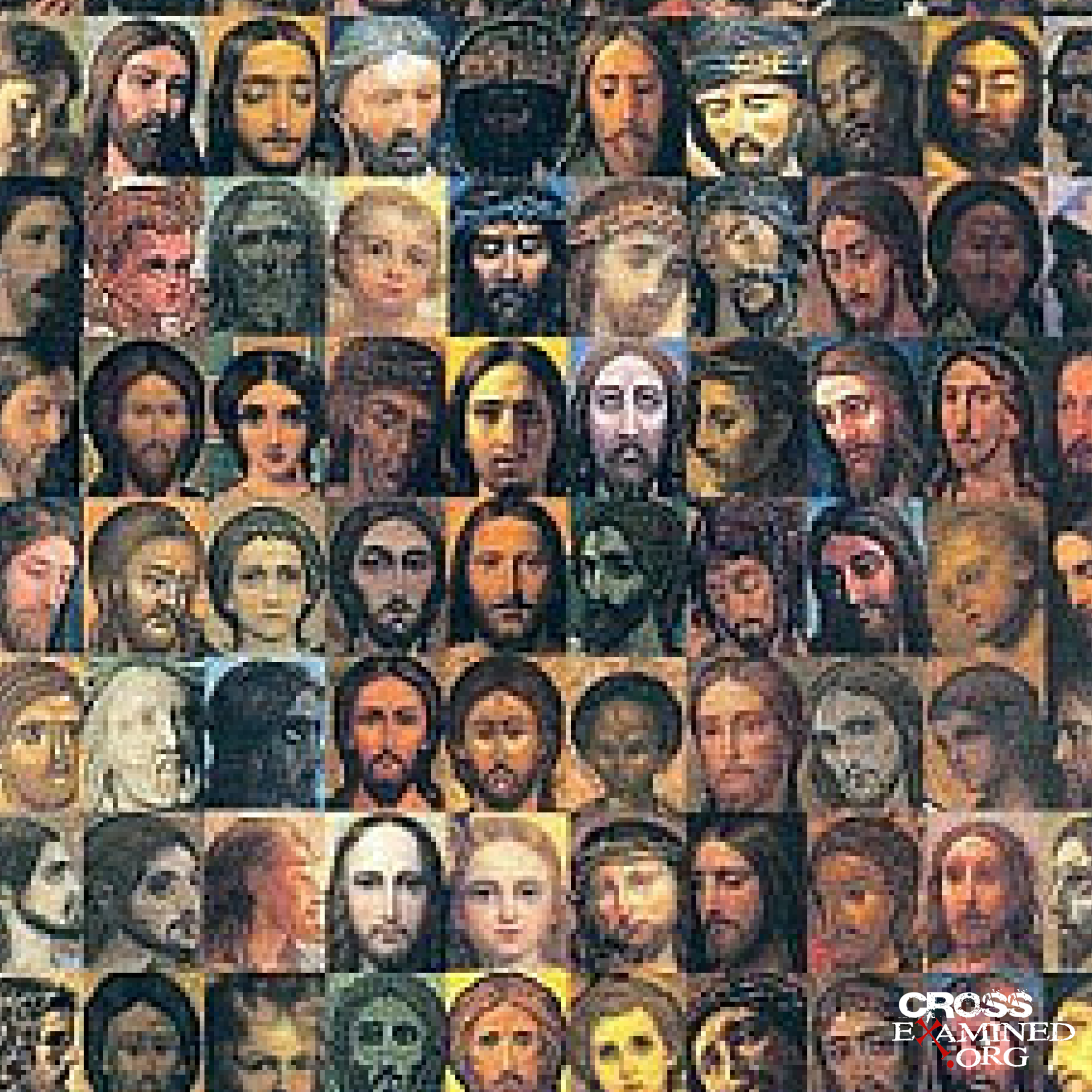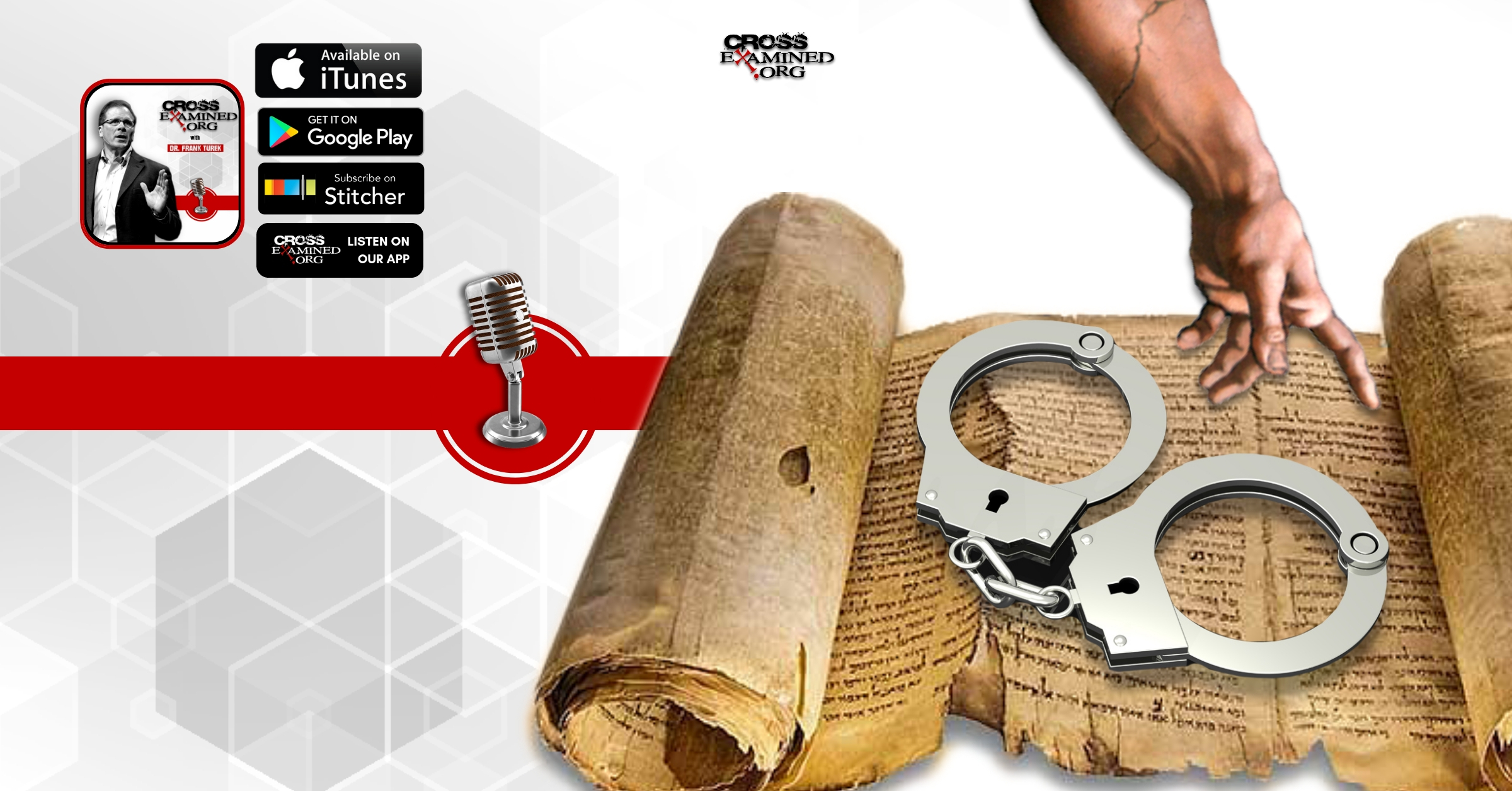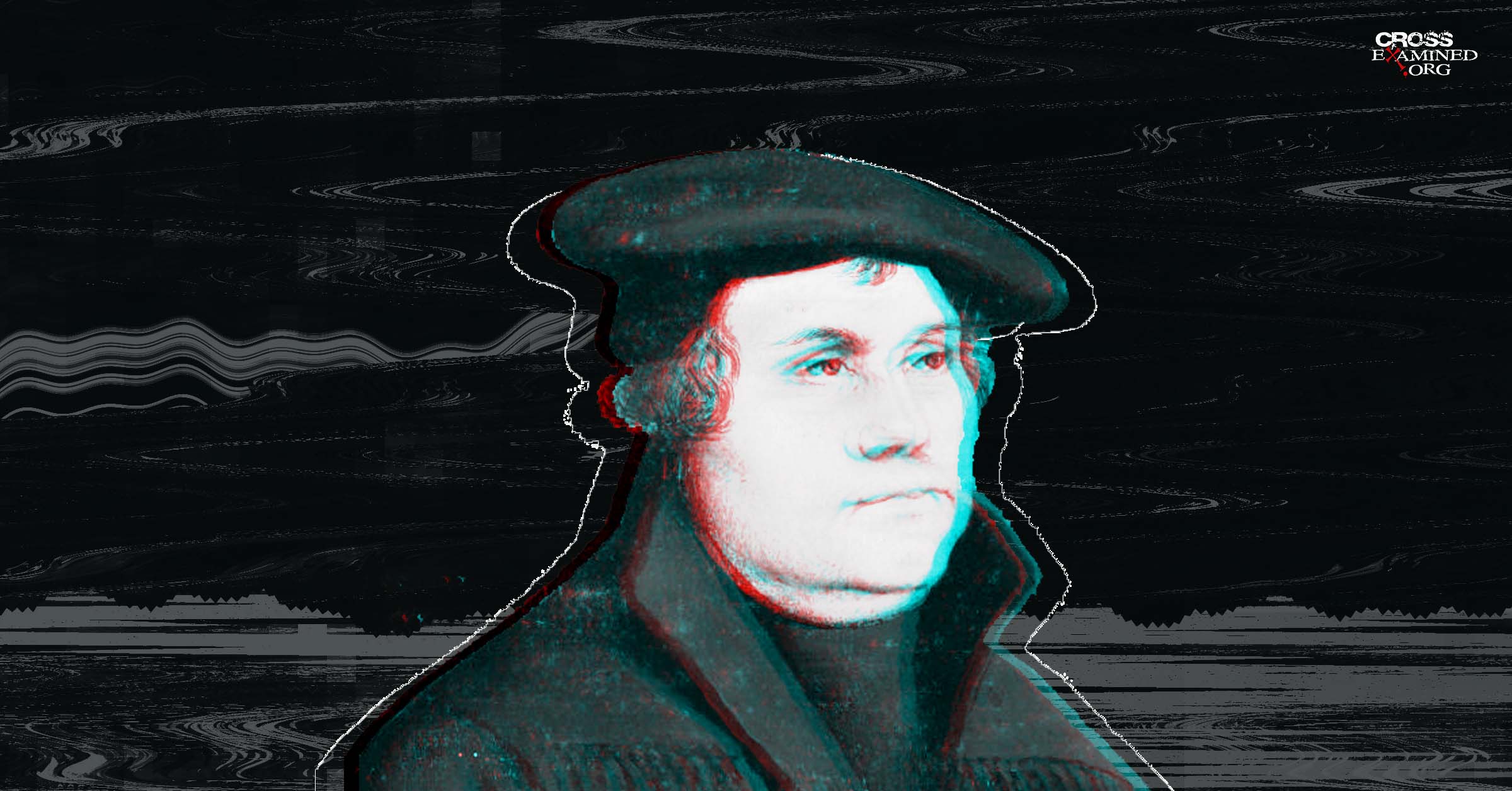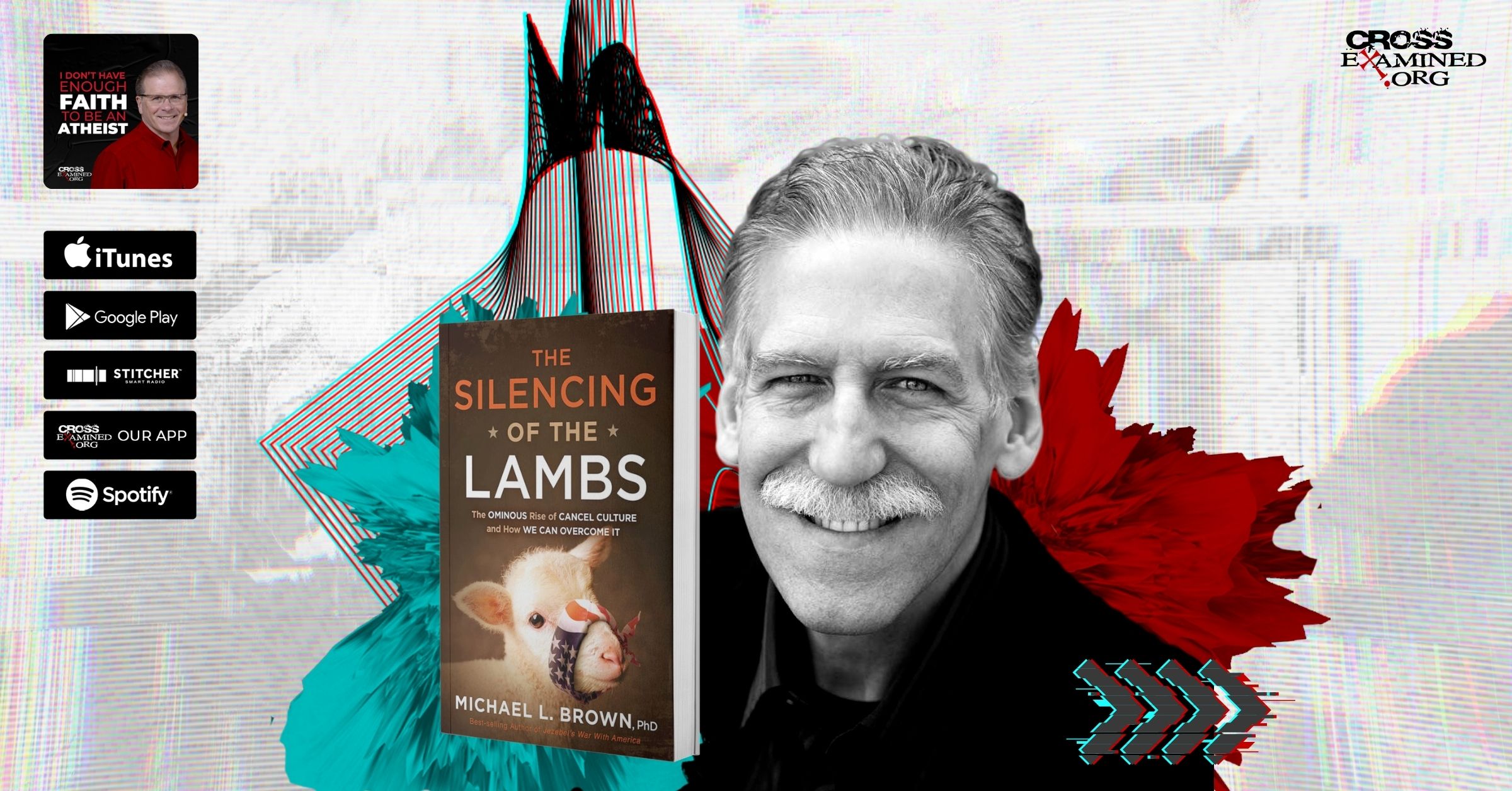What Can We Historically Know about Jesus of Nazareth?
As we come close to a Christian holiday, people often begin to ask, “Can we know that these events actually took place?” When it comes to Christmas, greater ambiguity exists as to particular elements pertaining to the life of Jesus (e.g. the date of Jesus’ birth) than it does for Easter. Part of this comes from the fact that the Gospels are part of a literary genre known as “bioi” (Licona 2010, 203), or ancient biographies and only focused on the core attributes of the person’s life. While we may not know the precise date of Jesus’ birth with great certainty, this doesn’t mean that we cannot know the most important aspects of Jesus’ life. Many skeptics will ask during the holidays, “How is it that we can know that anything actually took place in history? What can we know about the life of Jesus?” This article will provide a brief—and that is an understatement—evaluation about how history is evaluated and what can be known about the historical Jesus.
Is history knowable?
Skeptics will often claim, “We cannot know anything about history because we cannot know that the person recording a particular event is telling the truth.” This mentality is termed historical subjectivism which is defined by Norman Geisler as the argument “that the substance of history, unlike that studied by empirical science, is not directly observable” (Geisler 1999, 318). But if this is the case, then nothing past the present moment can truly be known with any certainty. What about that precious childhood event that shaped you? Well, extreme historical subjectivists would claim that such an event is unprovable as it is possible that you just thought that the event took place. Taken to its conclusion, the historical subjectivist has no means of knowing whether George Washington was truly the first President of the United States or whether King Henry VIII actually initiated the English Reformation. The historical realist believes that history is knowable. Historians obviously fit within the historical realist category. Luckily, there are ways that an event and/or person is deemed “historical.” The historian uses certain methodological tools to gauge the tenability of an event of history.
How is an event determined “historical”?
Since history is by its nature unobservable, the historian must gauge the probability that an event occurred or that a person lived. Nothing can be known with 100% certainty—not even scientific theories. Thus, history is gauged by the probability that what is written is true. These tools include, but are not limited to, the following.
-Multiple, independent sources (Habermas & Licona 2004, 37)—that is, several voices addressing the same event and/or person.
–Enemy attestation (Habermas & Licona 2004, 37) is the voice of the enemy of the person of history being studied. One can claim bias by a supporter, but if an enemy says the same thing about a person then the person(s) involved in an event can be deemed historical.
-“Embarrassing admonitions” (Habermas & Licona 2004, 38) are statements that are given in a history and/or biography that would bring embarrassment to the writer and/or movement.
-“Eyewitness testimony” (Habermas & Licona 2004, 39) is the account of those who witnessed the event and/or person being studied.
-“Early testimony” (Habermas & Licona, 39) refers to the time that the biography and/or history is written as compared to the event and/or person being addressed. Thus, a writer in the 1700s would hold more credulity than a person writing in the 2010s about the real life of John Adams.
–Arguments to the best explanation (Licona 2010, 108) refers to whether a hypothesis pertaining to an event of history holds the best explanation or whether alternatives do. Licona adds that this practice includes “Explanatory scope…Explanatory power…Plausability…Less ad hoc…[and] Illumination [sic]” (Licona 2010, 109-110). Space will not permit the explanation of these divisions, but may be addressed in future posts.
-Arguments from statistical inference (Licona 2010, 114) is the practice of weighing the possibility that a certain person, fact, or event is more probable existing or occurring than not. So, what can we know of Jesus using these practices?
Using these methodologies, what can we know about the historical Jesus?
Actually, quite a bit! Gary Habermas presents what he calls the Minimal Facts Approach. These are facts about the life of Jesus that are agreed upon by the vast majority of historical scholarship—both skeptical and evangelical alike! They are:
“1) Jesus died by Roman crucifixion.
2) He was buried, most likely in a private tomb.
3) Soon afterward, the disciples were discouraged, bereaved, and despondent, having lost hope.
4) Jesus’ tomb was found empty very soon after his interment.
5) The disciples had experiences that they believed were actual appearances of the risen Jesus.
6) Due to these experiences, the disciples’ lives were thoroughly transformed, even being willing to die for this belief.
7) The proclamation of the resurrection took place very early, at the beginning of church history.
8) The disciples’ public testimony and preaching of the resurrection took place in the city of Jerusalem, where Jesus had been crucified and buried shortly before.
9) The Gospel message centered on the death and resurrection of Jesus.
10) Sunday was the primary day for gathering and worshipping.
11) James, the brother of Jesus and former skeptic, was converted when, he believed, he saw the risen Jesus.
12) Just a few years later, Saul of Tarsus (Paul) became a Christian believer due to an experience that he believed was an appearance of the risen Jesus” (Habermas 2003, 9-10).
That’s quite a bit! But, Habermas also notes that if one accepts the early creeds and early writings of the church fathers, then one can also know that “Jesus was born of Mary (Ignatius), who was a virgin (Ignatius; Justin), and he had a brother named James (Josephus). Jesus was born in the city of Bethlehem, located about five miles from Jerusalem, and it is recorded that his birth could be verified by the records of Cyrenius, who was the first procurator of Judea (Justin). Later, Jesus was visited by Arabian Magi, who had first seen Herod (Justin). He was also from the town of Nazareth (creeds: Acts 2:22; 4:10; 5:38)” (Habermas 244).
Conclusion
Seeing that history is knowable, that history can be verified by particular methodologies, and the wealth of information that can be known of Jesus of Nazareth using these methodologies, the Christian should take comfort in knowing that his or her faith is based upon actual events. So, when the believer celebrates this holiday season, they can worship with the full weight of trust in the biblical record without worrying about the doubts that the skeptics may bring. Enjoy the holidays and remember…Jesus is truly the reason for the Christmas season!
Sources Cited:
Geisler, Norman L. Baker Encyclopedia of Christian Apologetics. Baker Reference Library. Grand Rapids: Baker Books, 1999.
Habermas, Gary R., and Michael R. Licona. The Case for the Resurrection of Jesus. Grand Rapids: Kregel, 2004.
Habermas, Gary R. The Historical Jesus: Ancient Evidence for the Life of Christ. Joplin, MO: College Press, 1996.
The Risen Jesus & Future Hope. Lanham, MD: Rowman & Littlefield, 2003.
Licona, Michael R. The Resurrection of Jesus: A New Historiographical Approach. Downers Grove; Nottingham, UK: IVP Academic; Apollos, 2010.
Brian G. Chilton is the founder of BellatorChristi.com and is the host of The Bellator Christi Podcast. He received his Master of Divinity in Theology from Liberty University (with high distinction); his Bachelor of Science in Religious Studies and Philosophy from Gardner-Webb University (with honors); and received certification in Christian Apologetics from Biola University. Brian is currently enrolled in the Ph.D. program in Theology and Apologetics at Liberty University. Brian has been in the ministry for over 15 years and serves as a pastor in northwestern North Carolina.
Original Blog Source: http://bit.ly/2zu8qsx












Leave a Reply
Want to join the discussion?Feel free to contribute!